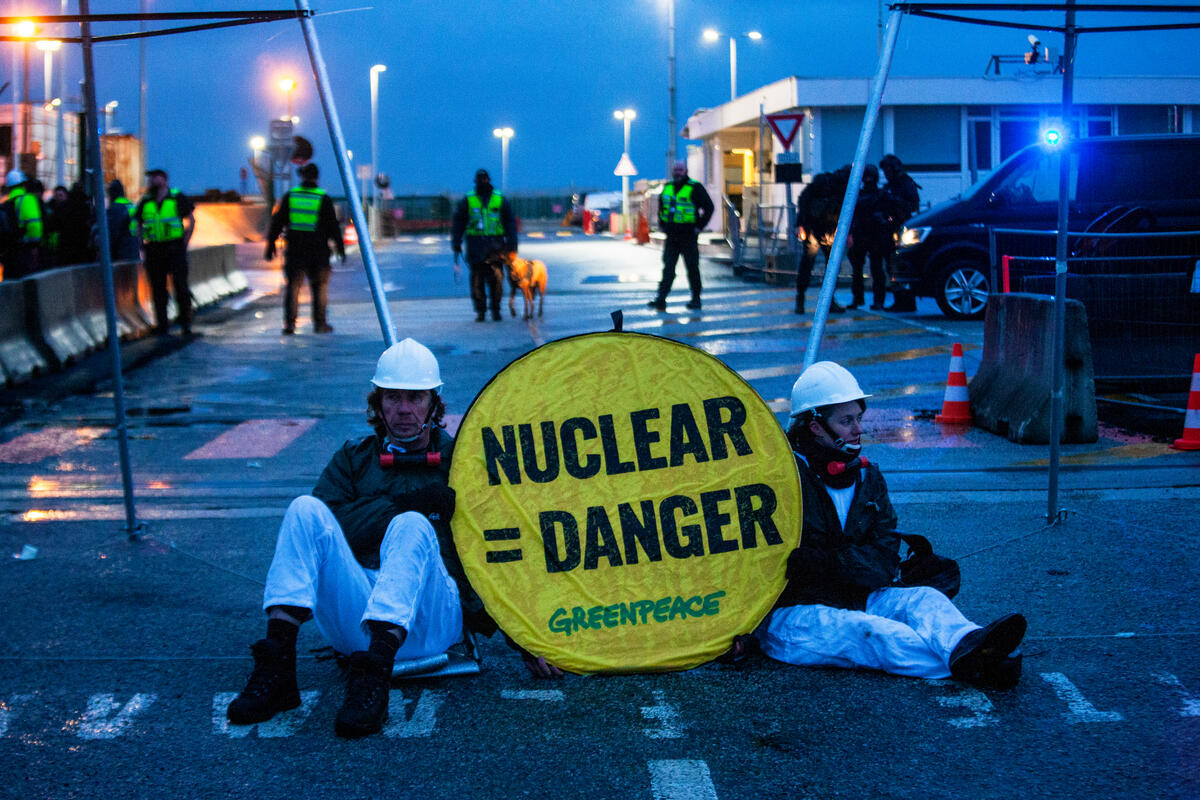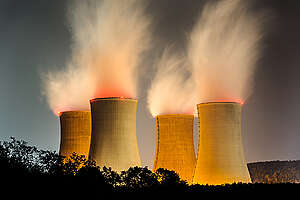Peter Dutton and the Federal Coalition have proposed a shift in Australia’s energy future – one that involves nuclear reactors. This plan will cost billions, is a risk to the environment, human health and a diversion from the much-needed investment in renewable energy.
The Proposal: A Push for Nuclear Energy
Peter Dutton’s nuclear plan is to introduce nuclear reactors into Australia’s grid as a solution to the country’s growing energy needs. While he has positioned this proposal in response to energy security concerns and rising costs, it fails to address the root cause of these issues—an over-reliance on fossil fuels and a lack of investment in renewables. Nuclear reactors, which may seem like a silver bullet for some, come with enormous risks and long-term consequences that cannot be overlooked.
The Risks: A High Price for Uncertain Rewards
There are high risks associated with nuclear reactors. Senior Nuclear Specialist Shaun Burnie explains that nuclear for Australia will lead to increases in energy prices and ultimately more energy insecurity. He also predicts that if Australia takes up nuclear, that we won’t reach the decarbonised climate targets that are “absolutely essential for survival on planet Earth”.
Is it really worth taking such risks at such a high price to the Australian economy? Independent experts like CSIRO and AEMO have both said that energy generation from nuclear power is twice as expensive as renewables.
Chief among risks is the issue of waste disposal. Unlike renewable energy, which leaves no lasting environmental scars, nuclear reactors generate radioactive waste that remains hazardous for thousands of years. Australia, with its vast and diverse landmass, lacks a permanent solution for storing nuclear waste safely. The Coalition has offered no plan for how or where waste would be safely stored or how workers and neighbouring communities would be protected—and its claims about the amount of nuclear waste have been debunked by experts. A nuclear waste accident could contaminate local communities for decades, if not centuries. We also don’t know how much it will cost to store and treat nuclear waste. Nuclear is an expensive gamble not worth taking.
Nuclear reactor plants are not immune to the potential for catastrophic accidents. We only need to look at the history of nuclear disasters to see the devastating impact that a single mistake can have on the environment and human life. The disasters at Chernobyl (1986) and Fukushima (2011) are stark reminders of the potential dangers of nuclear energy. As someone who has witnessed the impacts of nuclear disasters firsthand, Burnie warns Australia against the dangers and the expense of nuclear, he says that “Australia cannot afford the policies of the Coalition. Nuclear power is too dangerous, it’s too expensive and it’s too slow.”

The Stalling of Renewable Investment
One of the most concerning consequences of Dutton’s nuclear proposal is its potential to stall investment in renewable energy technologies and extend the use of fossil fuels. Australia has an incredible natural resource base for renewable energy—from abundant sunlight for solar power to strong winds for wind energy. Investing in these technologies would create jobs, stimulate the economy, and, most importantly, help the country transition to a cleaner, more sustainable energy future.
Nuclear reactors are just a smokescreen for prolonging coal and gas. Nuclear will lock us into coal and gas for decades to come, while we wait for nuclear to come online. Dutton’s plan is a bad-faith delay tactic to prop up climate-wrecking coal, oil, and gas for as long as possible, while holding back the rollout of the clean renewable energy needed to slash climate pollution today. Only the fossil fuel industry benefits from nuclear, while the rest of us pay the price for worsening climate damage.
We don’t need to start nuclear from scratch when we’re already over 40% of the way to powering our country with the sun and wind, and renewables are only growing cheaper by the day. By focusing on nuclear, Dutton’s plan diverts attention and resources away from renewables. It threatens to undermine the momentum we’ve built in the renewable energy sector.
Australia Can’t Afford the Risk
Australia cannot afford the risks associated with nuclear reactors. The consequences of a nuclear accident or mishandling of radioactive waste would be catastrophic for our environment and for our communities. The resources required to manage and mitigate these risks would be enormous, diverting critical funds from more promising, sustainable energy solutions. As an example, the Fukushima Daiichi nuclear disaster, including cleanup, compensation, and long-term impacts, is estimated to be upwards of $200billion (USD).
Australia’s energy future is dependent on making the right choices today. The science is clear: we must transition away from fossil fuels at emergency speed and invest in renewable energy technologies that are safe, reliable, and capable of powering a sustainable future.
The shift to renewable energy is already underway, with states like South Australia and Queensland leading the charge with their ambitious renewable energy targets.
By choosing nuclear, we risk undermining these efforts and locking ourselves into an expensive, dangerous, and outdated energy system. Australia’s clean energy future is within reach, but only if we focus our resources on the technologies that will truly transform our energy sector—solar, wind, and battery storage.
A Call to Action
Together we must continue to advocate for policies that prioritise the protection of our environment and the transition to a sustainable energy future. Peter Dutton’s nuclear proposal is a dangerous distraction from the urgent need for a renewable energy revolution. The risks associated with nuclear reactors, coupled with the opportunity cost of delaying investment in renewables, make this proposal an unwise and costly path for Australia.
It’s time to invest in the future, not in risky and outdated technologies. We must demand that our leaders put the health of our planet and the well-being of future generations first—by embracing renewable energy, rejecting nuclear power, and accelerating the transition to a clean energy future.

